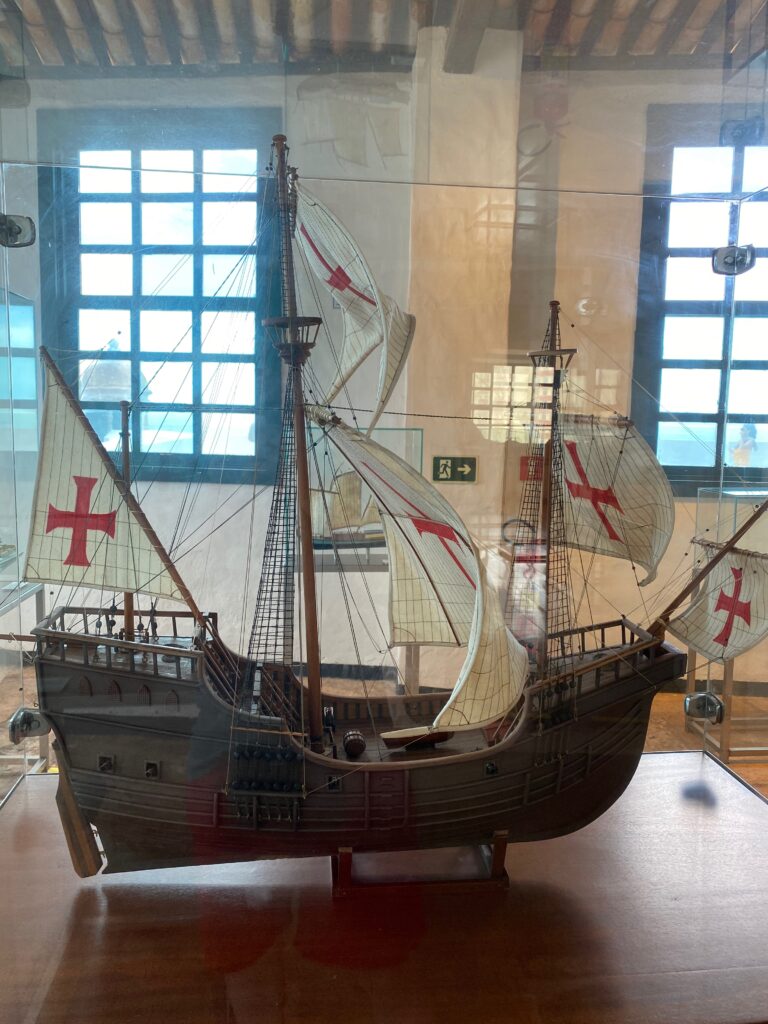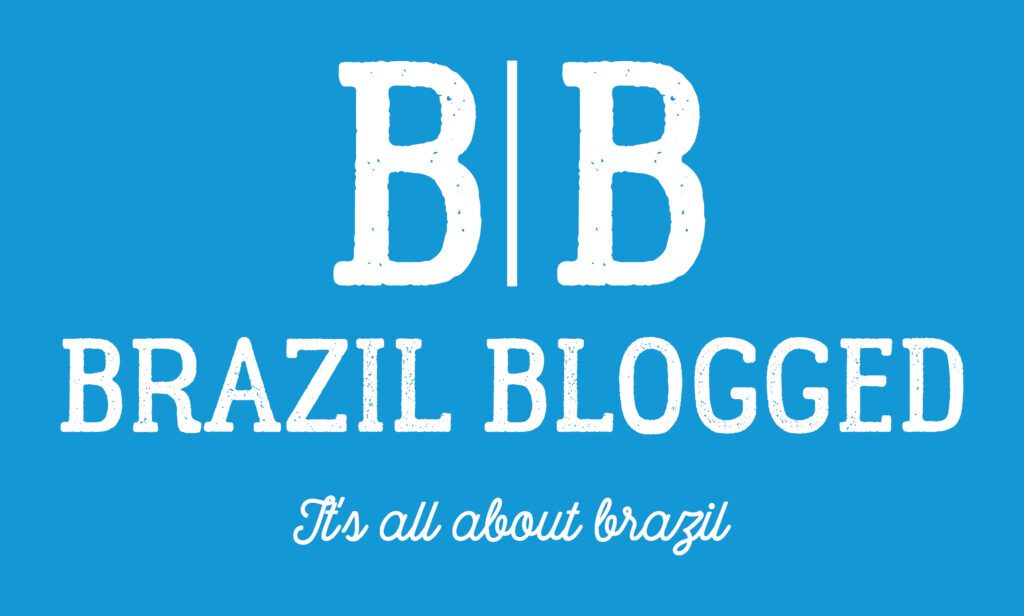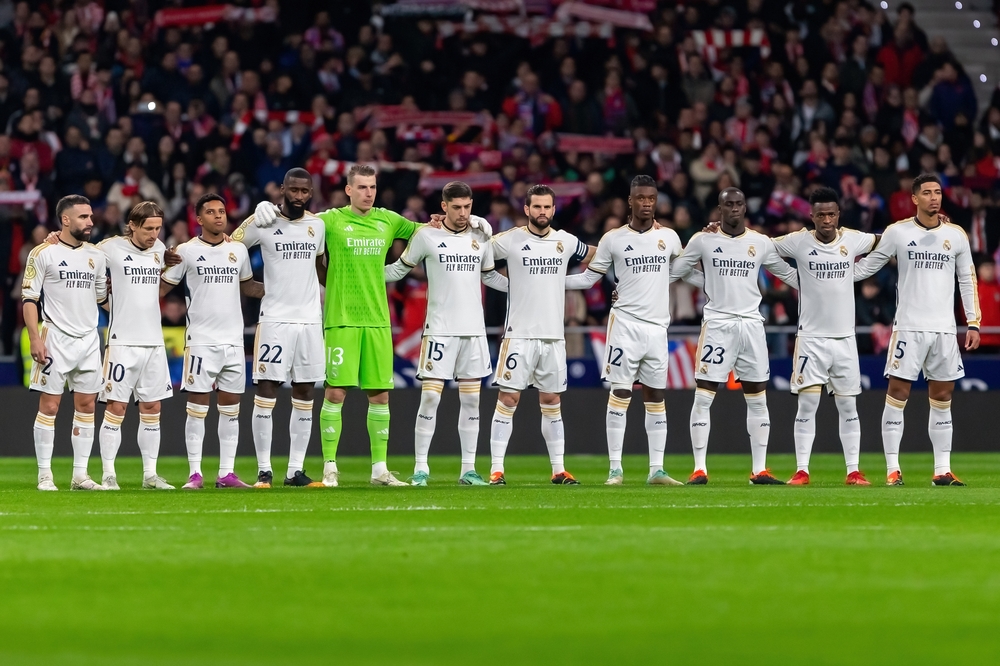Table of Content
ToggleWho landed first in Brazil?
Vicente Yáñez Pinzón was a Spanish explorer who, along with his brothers, accompanied Christopher Columbus on his voyage to the New World in 1492. Pinzón is credited with being the first European to set foot on the South American mainland, having landed on the coast of present-day Colombia in 1499.
On January 26, 1500, he reached the coast of what is now Brazil, where he landed in what is now Pernambuco. Because of the Treaty of Tordesillas, Spain had no claim to this territory, but Pinzón christened the place Cabo de Santa Maria de la Consolación (“Cape of St. Mary of Consolation”). Furthermore, he discovered an estuary of the Amazon River and probably the Oiapoque River.
It is believed that he entered Brazil a few months before Cabral.
Pedro Álvares Cabral was a Portuguese explorer and navigator who is credited with discovering Brazil in 1500. Cabral led a fleet of 13 ships that left Lisbon in 1500 and set sail for India. However, the fleet was blown off course and ended up discovering the coast of Brazil.
Porto Seguro
The fleet followed the coast of Brazil westward and made landfall at present-day Porto Seguro. From there, they explored the coast and encountered the Tupinambá people, who were the native inhabitants of the region. Porto Seguro is a city located in the state of Bahia in Brazil.
After the Portuguese arrived, the region was colonized and developed, and Porto Seguro became an essential port for the Portuguese empire. It was also the site of the first Portuguese settlement in Brazil and the first capital of the Portuguese colonial administration in the New World.
At the time, the region was inhabited by the Tupinambá people, who were native to the area.
The Tupinambá were a group of indigenous people who lived in what is now Brazil at the time of the arrival of the Portuguese in the 16th century. They were one of the many different tribes that made up the larger Tupi people, and their territory included the eastern coast of Brazil, from present-day Bahia to Rio de Janeiro.
The Tupinambá were skilled farmers, fishermen, and hunters who lived in small villages along the coast. They were known for their intricate social and political organization, as well as their complex religious beliefs and rituals. They also had a rich artistic tradition and were skilled in pottery, weaving, and metalworking.
The Tupinambá and the Portuguese quickly established trade and cultural exchange, and the Tupinambá played a significant role in the early history of Brazil. However, the Tupinambá were eventually decimated by European diseases and the impacts of colonization, and today, their descendants make up a small minority of Brazil’s population.
Throughout its history, Porto Seguro has played a significant role in the development of Brazil and has been an important center of trade and cultural exchange. Today, it is a popular tourist destination known for its beautiful beaches, rich history, and vibrant culture.
Cabral claimed the land for Portugal and named it Terra da Vera Cruz, or “Land of the True Cross,” because he believed that he had landed on the continent of Asia and that the True Cross was buried there. He then returned to Portugal, bringing news of the discovery back with him. Brazil was eventually colonized by the Portuguese and became an important part of their empire.
Orinoco River
The fleet then continued westward and reached the mouth of the Orinoco River in present-day Venezuela, but did not explore the river itself.
It is likely that the fleet stopped at the mouth of the Orinoco River briefly to take on supplies and make repairs, as the voyage had been long and difficult up to that point. However, there is no record of the fleet actually exploring the river or traveling any significant distance up it. After stopping at the mouth of the Orinoco, the fleet turned back and returned to Portugal, bringing news of the discovery of Brazil with them.
The Orinoco River is a major river in South America that begins in the Guiana Highlands of Venezuela and flows eastward through the countries of Venezuela and Colombia before emptying into the Caribbean Sea. It is one of the longest rivers in South America, with a total length of over 2,000 miles (3,200 kilometers).
The Orinoco River is an important transportation route and source of water for the people who live along its banks. It is also home to a wide variety of plant and animal life, including numerous species of fish, reptiles, birds, and mammals.
The Orinoco Delta is a vast network of waterways and islands located at the mouth of the Orinoco River, where it empties into the Caribbean Sea. It is home to a diverse array of plant and animal life, including mangroves, palm trees, and numerous species of fish and birds. The delta is an important ecosystem and is home to many indigenous communities.
The Orinoco River and its delta have a long and varied history. They have been inhabited by indigenous peoples for centuries and were explored by European adventurers and colonizers in the 16th and 17th centuries. Today, the region is an important part of the economy and culture of Venezuela and Colombia.












